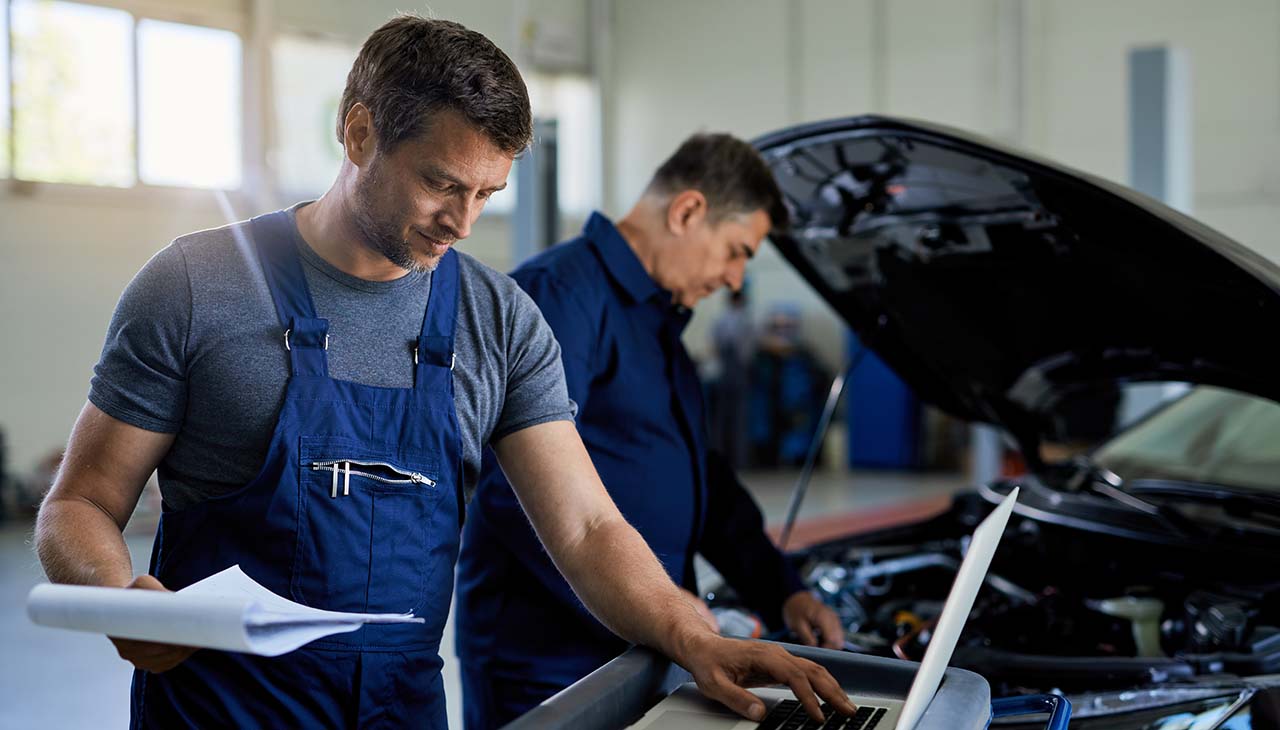Facing car troubles can often feel like navigating a complex maze, especially when it comes to discussing repairs with a mechanic. For many of us, the inner workings of our vehicles remain a mystery, turning simple conversations into daunting tasks. However, effective communication with your mechanic is crucial for ensuring that your car receives the proper care it needs without unnecessary expenses. This guide aims to equip you with the necessary knowledge and strategies to confidently communicate with automotive professionals, ensuring that you can make informed decisions about your vehicle’s maintenance and repairs. By understanding the basics of car mechanics and learning how to articulate your concerns, you’ll be better prepared to maintain the health of your vehicle for the long haul.
Understanding Your Vehicle’s Symptoms
Before stepping into the mechanic’s shop, it’s beneficial to observe and document any unusual sounds, smells, or behaviors your vehicle is exhibiting. Paying close attention to these details can provide valuable clues that help the mechanic diagnose the issue more efficiently. For instance, a squealing sound when braking could indicate worn brake pads, while a burning smell might suggest an overheating engine. Furthermore, leveraging the internet to research potential issues can also offer insights into what might be going wrong with your car. While online forums and automotive websites shouldn’t replace professional advice, they can help you communicate more effectively by providing a basic understanding of the possible problems your vehicle is facing.
Clear Communication Techniques
When discussing your vehicle’s issues with a mechanic, it’s essential to use layman’s terms to describe the symptoms your car is experiencing. Avoid using technical jargon unless you are confident in your understanding of it. Instead, focus on providing specific details and timelines. For example, instead of saying “My car is making a noise,” specify the type of noise, when it occurs (e.g., “It makes a grinding sound when I turn left”), and any patterns you’ve noticed (e.g., “It only happens in the morning”). This kind of detailed description can significantly aid in diagnosing the problem accurately.
Additionally, be open to the mechanic’s questions and their explanations of potential issues. They may use terms you’re not familiar with, so don’t hesitate to ask for clarification if something isn’t clear. A good mechanic will be patient and willing to explain the problem and the needed repairs in a way you can understand. Remember, effective communication is a two-way street; being actively engaged and responsive can make the diagnostic process more efficient and ensure that you and the mechanic are on the same page.
Asking the Right Questions
Once you have established a clear understanding of your vehicle’s symptoms and conveyed these details to your mechanic, the next step involves inquiring about their diagnostic process. It’s important to ask how they plan to diagnose the issue, what steps will be involved, and if there are any initial cost estimates for the diagnostic work. This transparency can help manage your expectations and ensure you’re prepared for any potential expenses.
Additionally, it’s wise to ask about multiple repair options, if available. Sometimes, there may be more than one way to fix a problem, ranging from a temporary solution that’s less costly, to a more comprehensive and expensive repair that might address the issue more effectively in the long term. Understanding your options will enable you to make a decision that best suits your current financial situation and plans for the vehicle.
Lastly, don’t forget to seek clarification on the repair timeline and cost estimates. Knowing how long the repairs will take can help you arrange for alternative transportation if necessary, and getting an upfront cost estimate can prevent surprises when the bill arrives. If the actual cost might vary, ask the mechanic to contact you for approval before exceeding the estimated amount. This ensures you remain informed and in control of the repair process.
Approval and Follow-Up
After discussing the diagnostic findings and repair options with your mechanic, it’s imperative to clearly understand the proposed repairs before giving your informed consent. Make certain you comprehend what each repair entails, why it’s necessary, and how it resolves the issue. Once you’ve agreed to the recommended course of action, don’t hesitate to follow up for progress updates, especially if the repair timeline extends beyond the initial estimate. This keeps you informed of any developments and maintains transparency between you and the service provider.
Upon completion of the agreed-upon work, verify that everything has been done to your satisfaction. Request a detailed explanation or demonstration of the repairs to ensure the issue has been appropriately addressed. This final step not only reassures you of the vehicle’s condition but also strengthens the trust between you and your mechanic.
Conclusion
Engaging in proactive and transparent communication plays a crucial role in navigating car repairs effectively. By understanding your vehicle’s symptoms, articulating concerns clearly, and inquiring about diagnostic procedures and repair options, you set the foundation for a productive dialogue with your mechanic. Approaching repairs with informed consent and maintaining open lines of communication throughout the process can significantly enhance your experience. Building a long-term relationship with a trusted mechanic is invaluable for future maintenance and repairs. Such partnerships are built on mutual respect and understanding, ensuring that your vehicle receives the best possible care. Remember, in the realm of auto repairs, effective communication is just as critical as technical expertise.

